Fig. [1] Material play, Hackney Wick, 2024
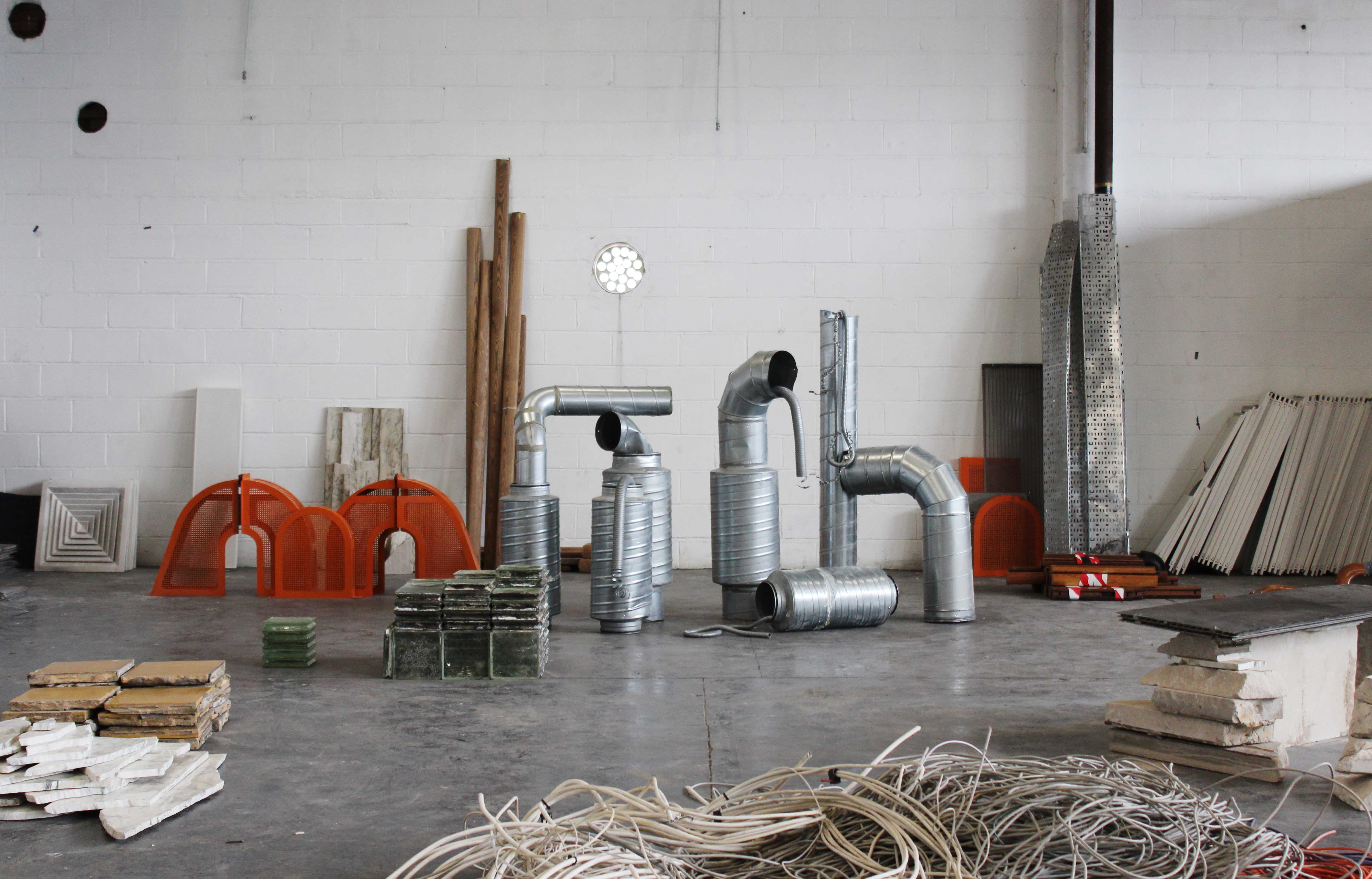
Fig. [2] Construction, deconstruction and details, 2024




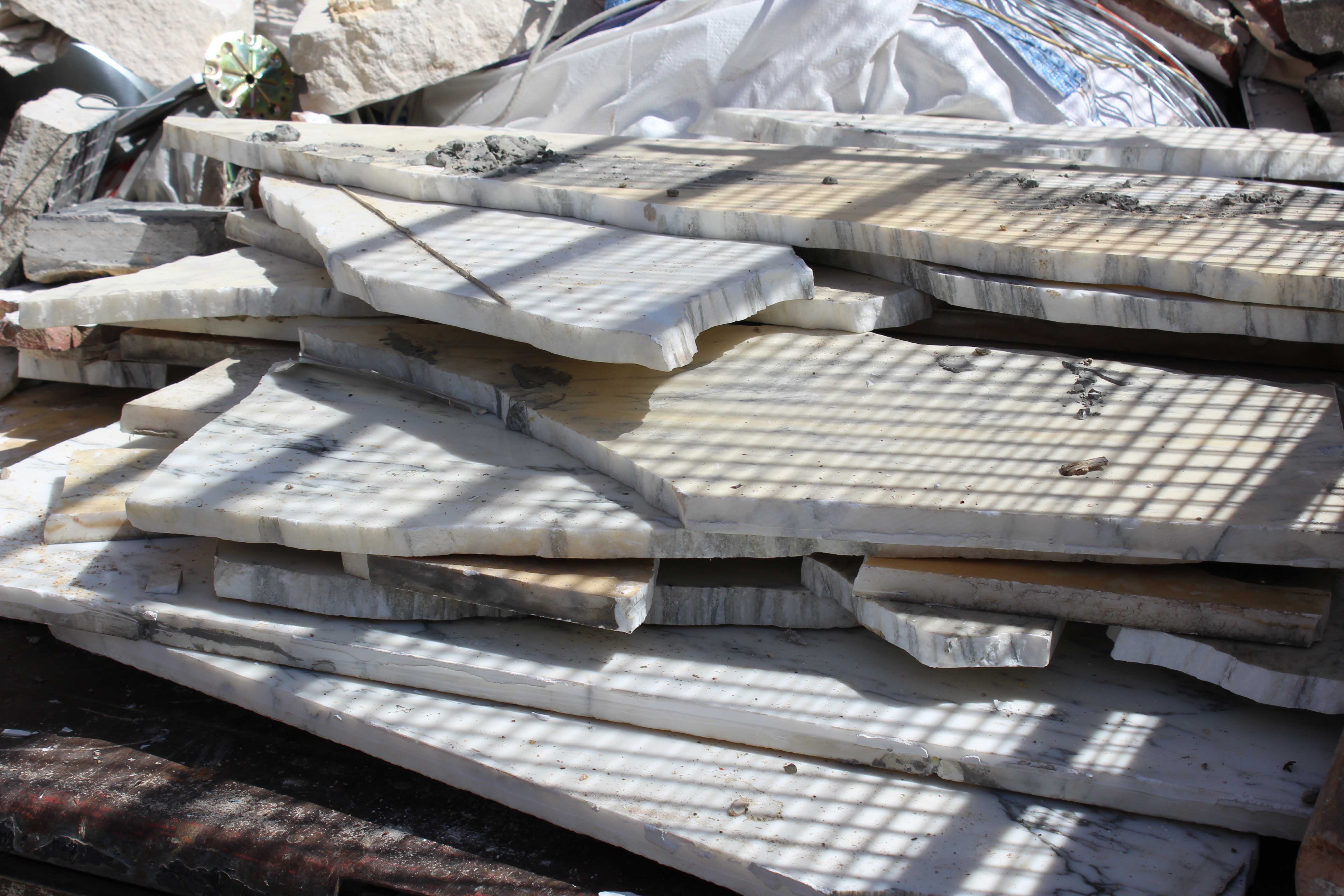





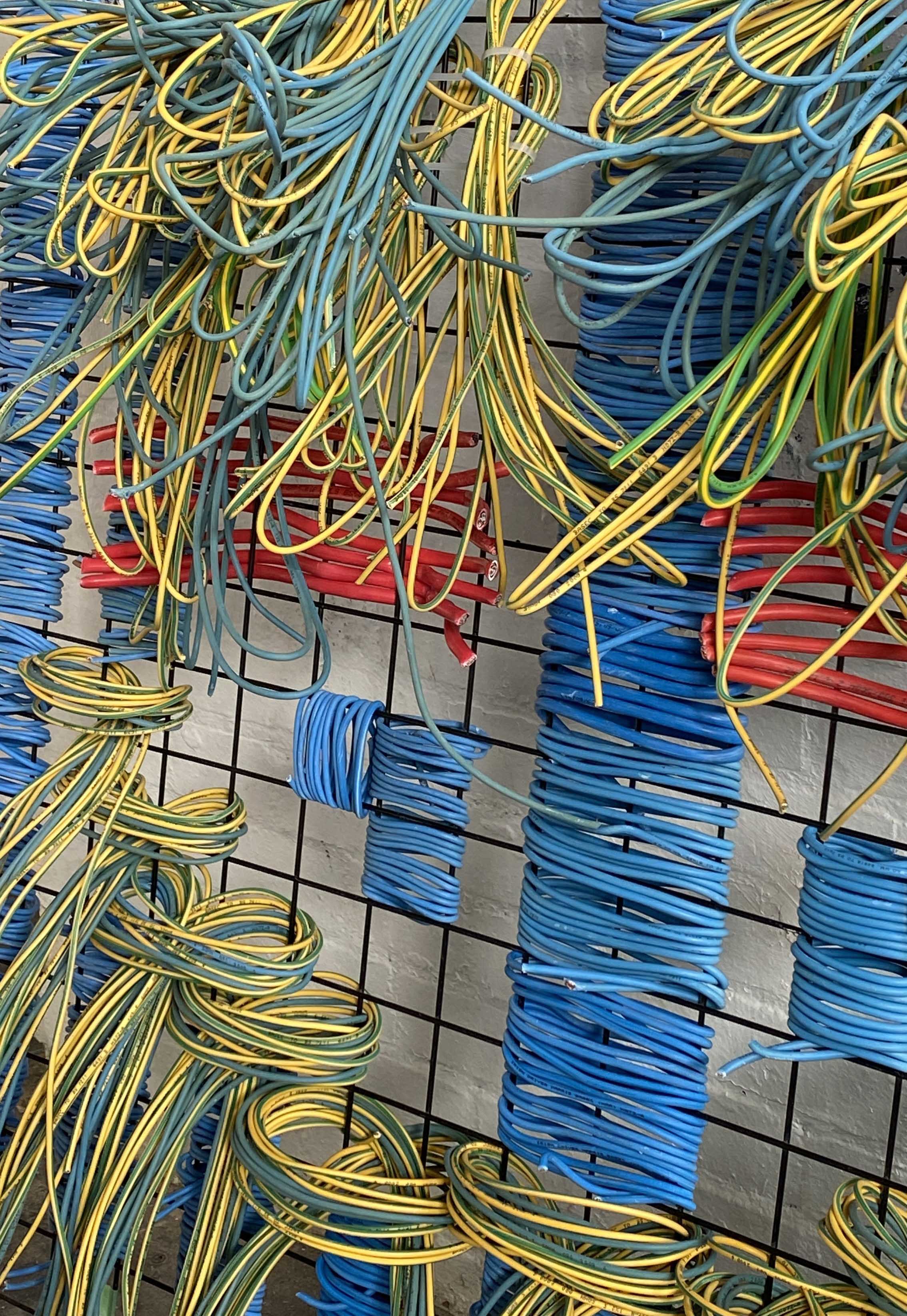


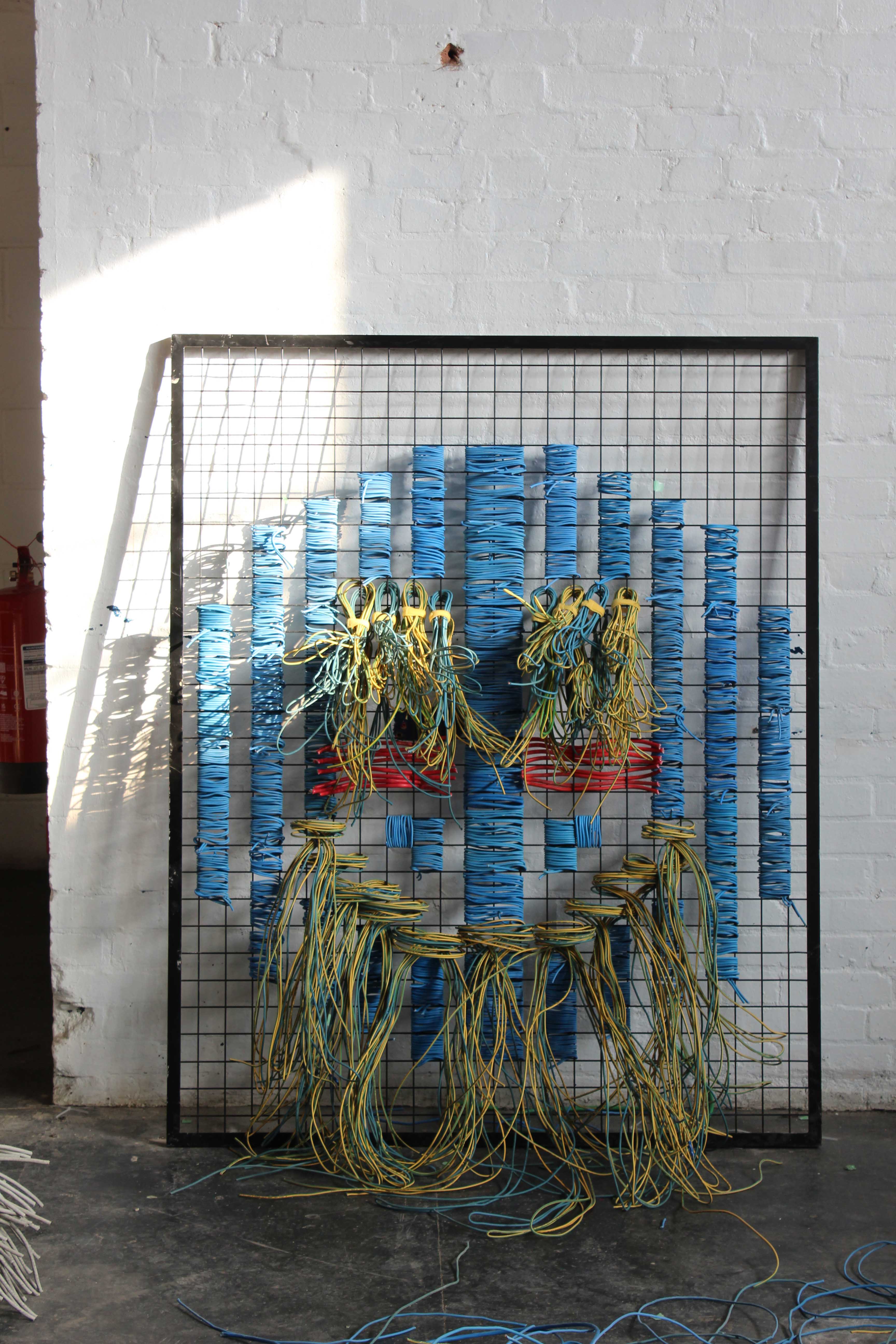







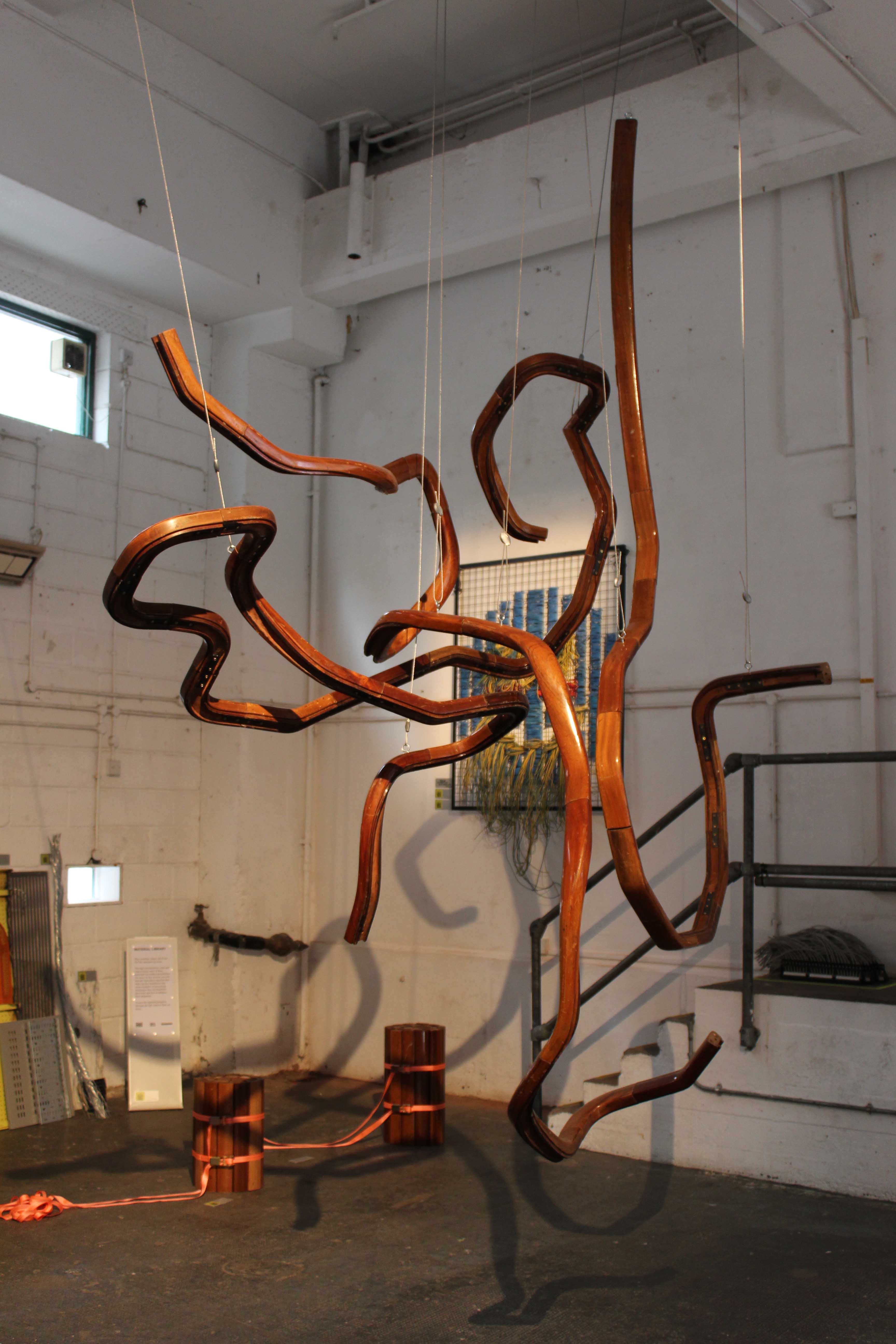
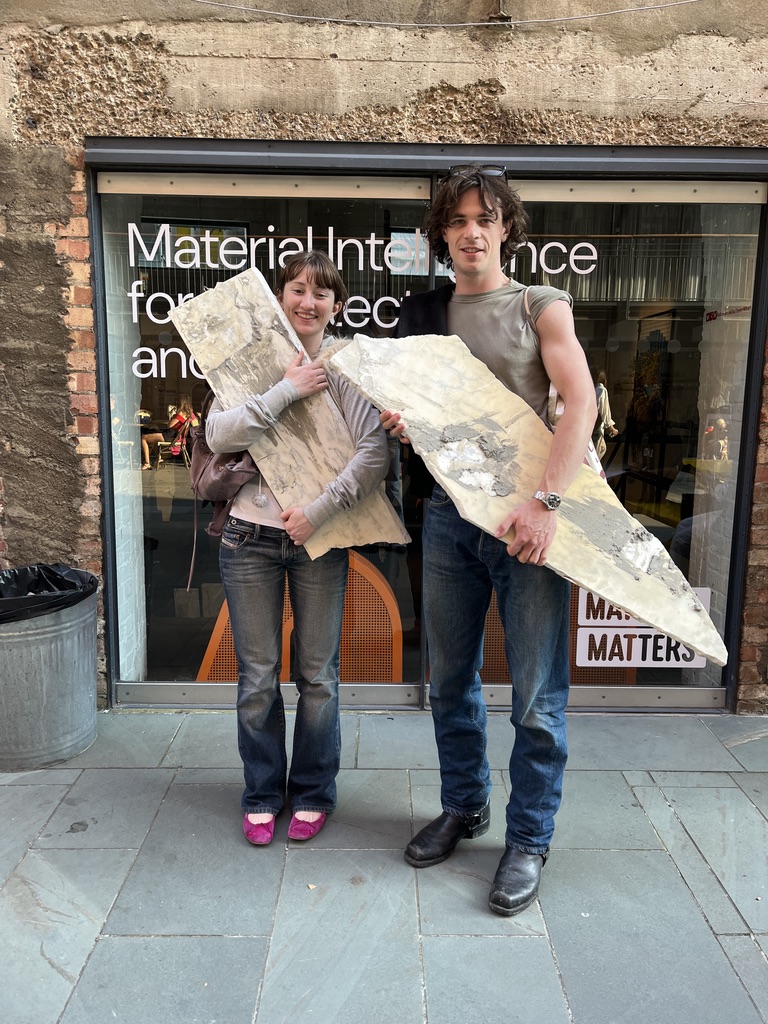
Fig. [3] Watering plants in venting boxes, Material Matters, 2024

TIP TAKES
A hands-on and creative exploration into the material landscape and re-use initiatives across the construction industry
For our launch project and first investigative piece of research we took a deep dive into the materials, systems and discourse of demolition and retrofit projects across London. During a site visit with J F Hunt we began to see the scale at which certain materials were disregarded as worthless at their end of life, often due to wear and tear, size, odd quantities or lack of recertification standards being readily available or developed.
“The construction and demolition industry produces over half of the total UK’s waste every year” (62% in 2019)
GREEN ALIENCE, DEFRA 2023.
Although reuse initiatives in retrofit and demolition are continuously developing, a percentage of materials remain unusable for structural or architectural reuse, yet remain of a perfectly high enough standard to be re-used by makers and creative communities. With support from Elliot Wood we had access to material audits to understand how these decisions were made and were able to identify a potential body of research that could later strengthen re-use initiatives. With the statistics in mind and first hand experience on site, we began to question:
How can creative reuse add value to circular systems of industrial materials within the construction industry?
A hands-on approach to the project saw compassionate actions of handling, storing and sorting of materials followed by a playful making approach ahead of our installation at Material Matters. Made up of sculpture, tapestry, seating and loose materials, our final installation presented the materials in ways that celebrated their existing properties, beauty and potential value. To try and measure the subjective creative value, all of the materials were available to the public to take away in exchange for recording their creative vision and sharing the material’s next life, 6 months later.
To enable this exchange and to embody circular principals everything was designed and built for deconstruction with bolts, straps and removable fixings. In addition each material had a digital passport accessed through a QR code, giving visitors background information and a log of where the materials were going next. We developed the passports to align with the research carried out by Orms Architects in 2024.
We will be conducting a report in spring 2025 with feedback, responses from the show and some realised finished pieces from materials collected after the installation. TIP TAKES was kindly supported by Elliot Wood.
Made in collaboration with John F Hunt, Orms Architects, and ElliottWood
Presented at London Design Festival 2024, Material Matters, Bargehouse Oxo Tower Wharf
TIP TAKES
A hands-on and creative exploration into the material landscape and re-use initiatives across the construction industryFor our launch project and first investigative piece of research we took a deep dive into the materials, systems and discourse of demolition and retrofit projects across London. During a site visit with J F Hunt we began to see the scale at which certain materials were disregarded as worthless at their end of life, often due to wear and tear, size, odd quantities or lack of recertification standards being readily available or developed.
“The construction and demolition industry produces over half of the total UK’s waste every year” (62% in 2019)
GREEN ALIENCE, DEFRA 2023.
Although reuse initiatives in retrofit and demolition are continuously developing, a percentage of materials remain unusable for structural or architectural reuse, yet remain of a perfectly high enough standard to be re-used by makers and creative communities. With support from Elliot Wood we had access to material audits to understand how these decisions were made and were able to identify a potential body of research that could later strengthen re-use initiatives. With the statistics in mind and first hand experience on site, we began to question:
How can creative reuse add value to circular systems of industrial materials within the construction industry?
A hands-on approach to the project saw compassionate actions of handling, storing and sorting of materials followed by a playful making approach ahead of our installation at Material Matters. Made up of sculpture, tapestry, seating and loose materials, our final installation presented the materials in ways that celebrated their existing properties, beauty and potential value. To try and measure the subjective creative value, all of the materials were available to the public to take away in exchange for recording their creative vision and sharing the material’s next life, 6 months later.
To enable this exchange and to embody circular principals everything was designed and built for deconstruction with bolts, straps and removable fixings. In addition each material had a digital passport accessed through a QR code, giving visitors background information and a log of where the materials were going next. We developed the passports to align with the research carried out by Orms Architects in 2024.
We will be conducting a report in spring 2025 with feedback, responses from the show and some realised finished pieces from materials collected after the installation. TIP TAKES was kindly supported by Elliot Wood.
Made in collaboration with John F Hunt, Orms Architects, and Elliott Wood
Presented at London Design Festival 2024, Material Matters, Bargehouse Oxo Tower Wharf
Fig. [1] Material play, Hackney Wick, 2024
![]()
Fig. [2] Construction, deconstruction and details, 2024
![]()
![]()
![]()
![]()
![]()
![]()
![]()
![]()
![]()
![]()
![]()
![]()
![]()
![]()
![]()
![]()
![]()
![]()
![]()
![]()
![]()
![]()
Fig. [3] Building a Stone bench, 2024
![]()

Fig. [2] Construction, deconstruction and details, 2024









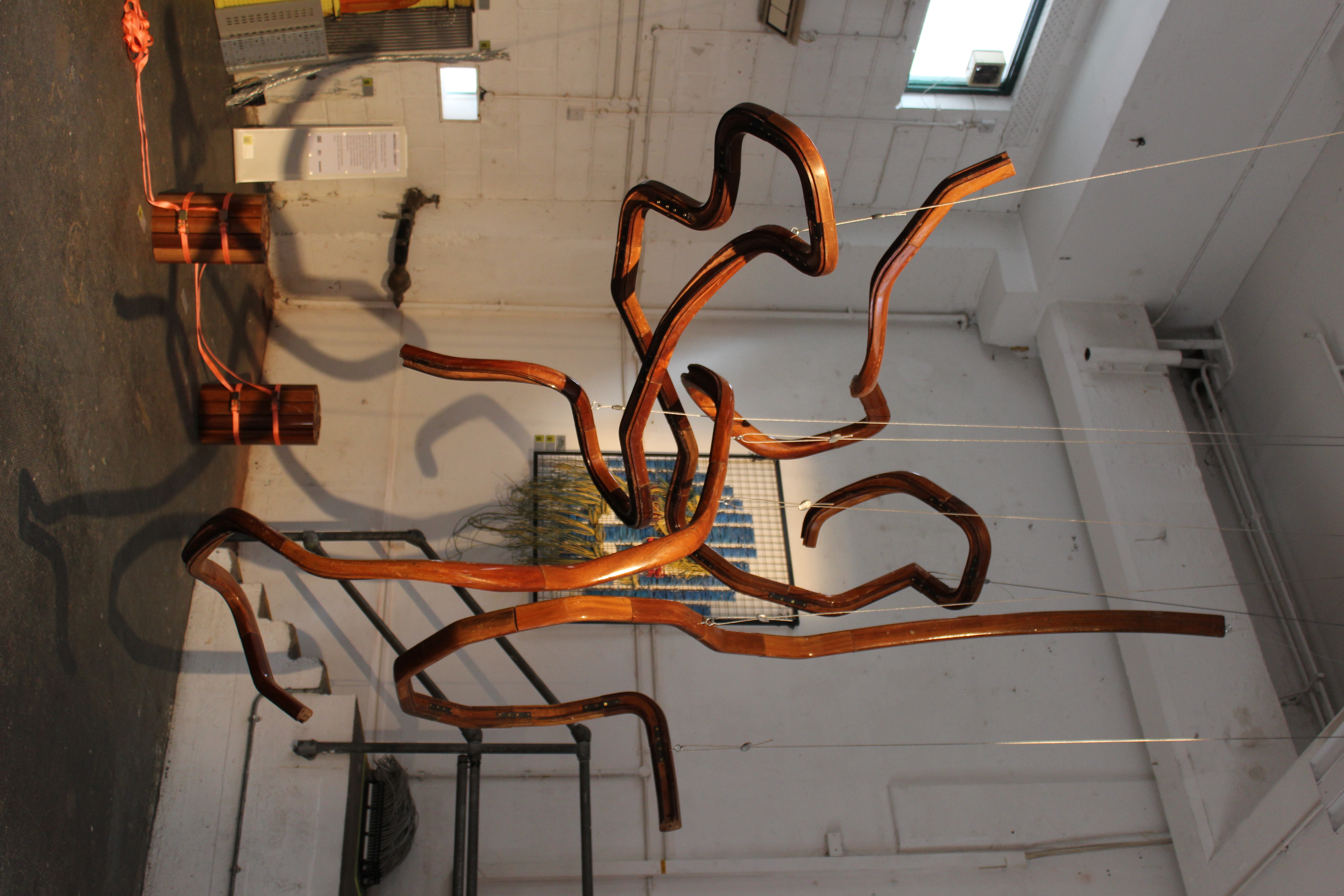






Fig. [3] Building a Stone bench, 2024

.
